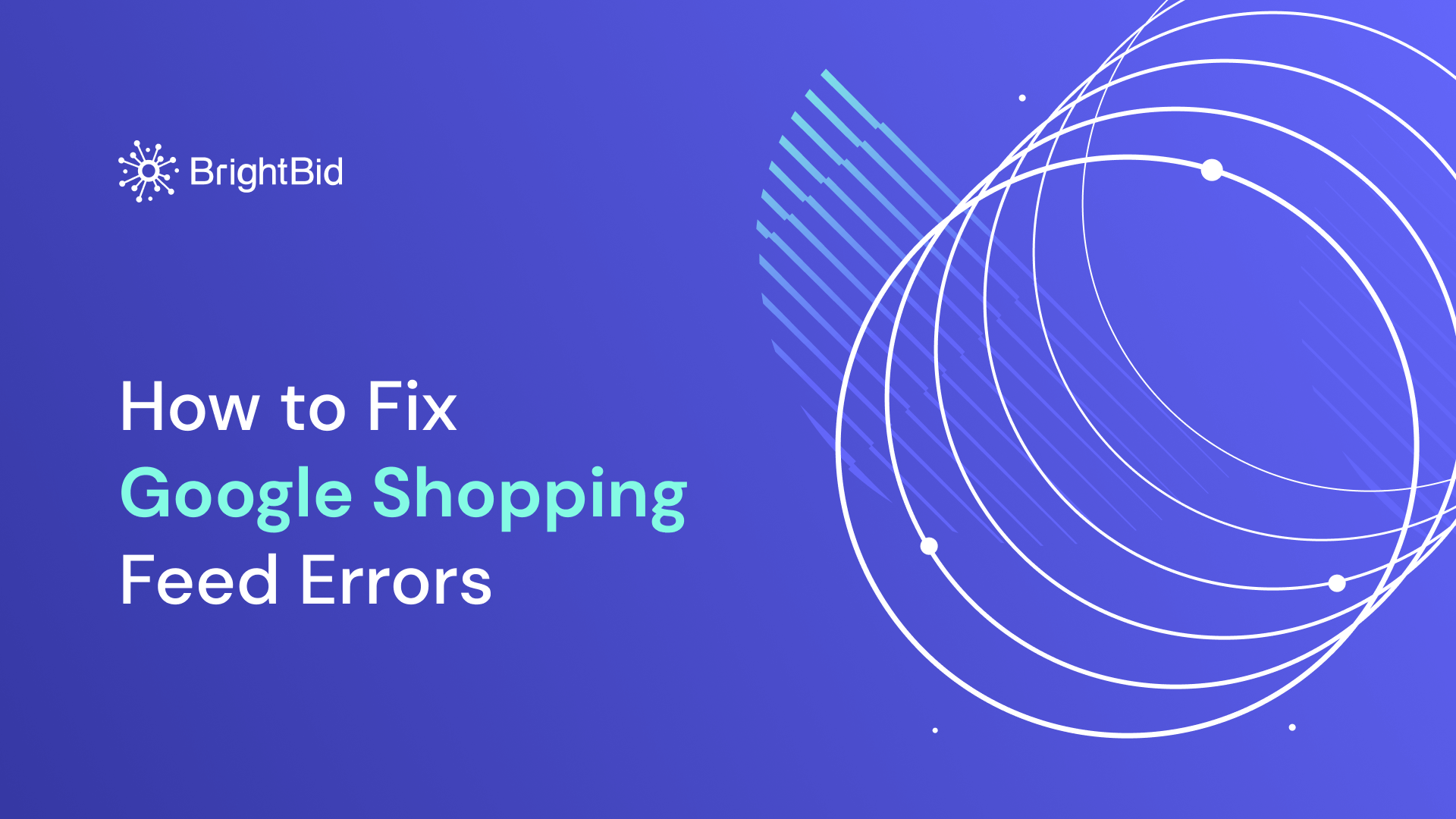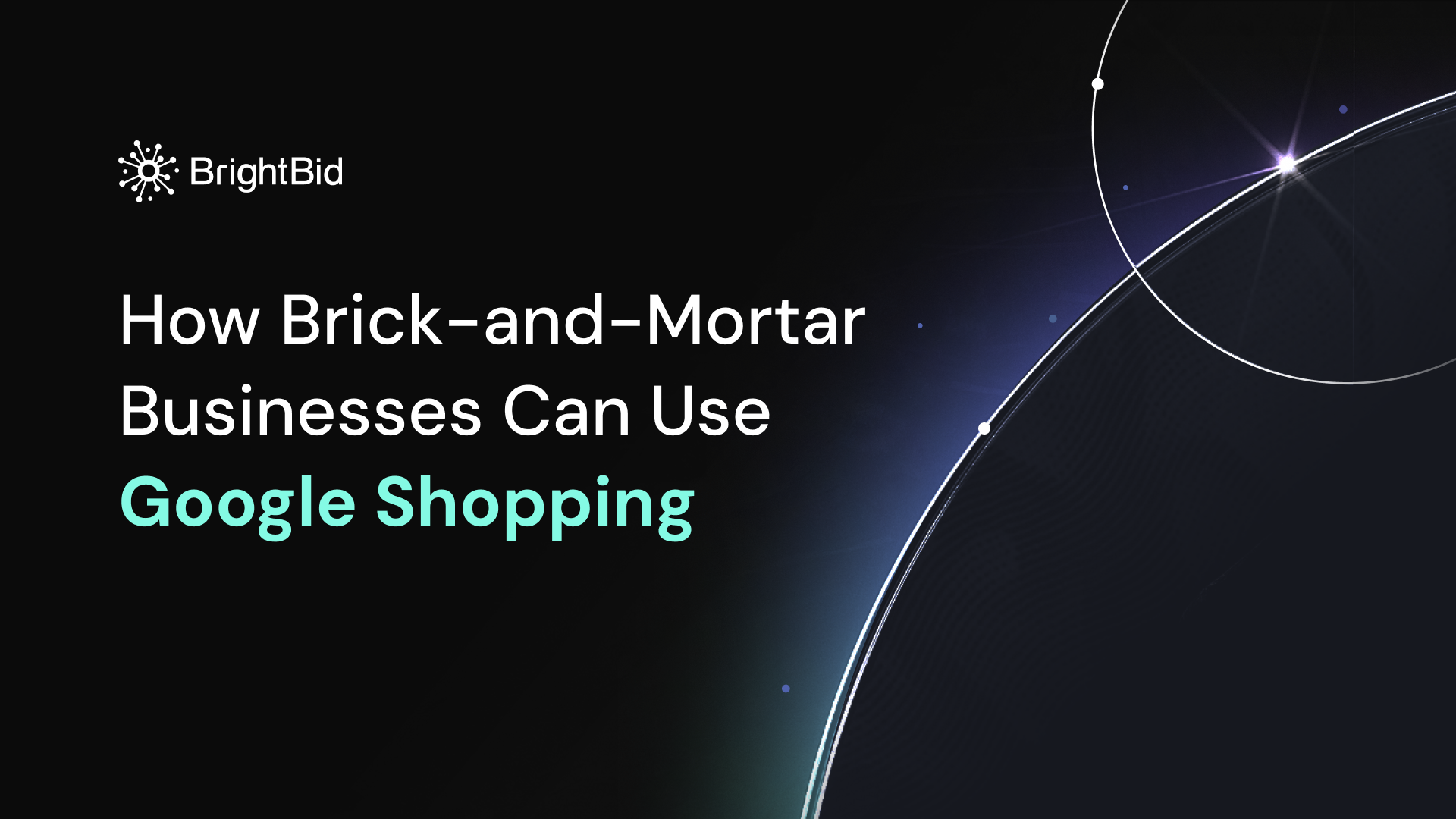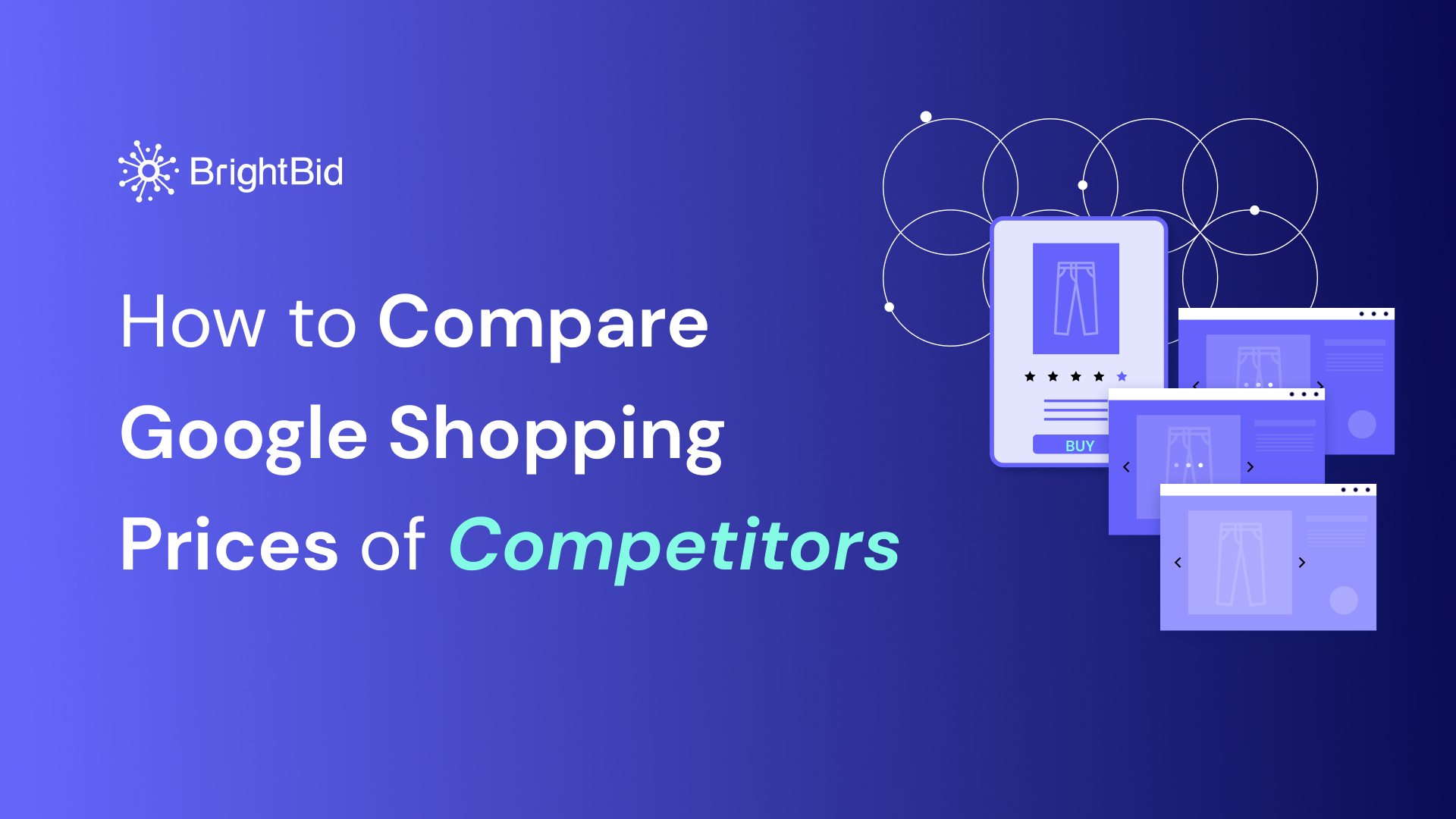Struggling to get your online store noticed? Comparison shopping engines can be your secret weapon Comparison shopping engines (CSEs) can be your secret weapon for getting found by more shoppers. These websites are like giant online shopping malls, where people can browse and compare products from different stores. This guide will equip you with the knowledge to leverage CSEs effectively.
Audit your ads for free
Table of Contents
What Are CSEs and How Do They Work?
Imagine a giant online mall where all the stores gather to display their products. That’s essentially what a CSE is! Consumers visit these platforms to browse and compare prices, features, and reviews of products from various retailers. When a customer clicks on your product listing, they’re directed to your website to complete the purchase.
Some well-known Comparison Shopping Engines include:
- Google Shopping
- Bing Shopping
- Shooping.com
- Connexity (Shopzilla, Become.com, PriceGrabber)
- Bizrate
- Nextag
- Yahoo! Shopping
- PriceRunner
- Price.com
- Camelcamelcamel
- Amazon
- eBay Partner Network.
These platforms can be beneficial for both consumers and retailers. Consumers can find the best deals and make more informed choices, while retailers can potentially attract more customers by listing their products on these platforms.
Audit your ads for free
Why Should Your Business Use CSEs?
Here’s how CSE platforms can supercharge your e-commerce business:
- Increased Visibility: Get your products in front of millions of potential customers actively searching for what you sell.
- Targeted Audience: Reach the right audience by leveraging the specific strengths of different CSEs.
- Boosted Sales: Drive more traffic to your website and convert clicks into sales.
- Enhanced Brand Awareness: Build brand recognition by showcasing your products alongside competitors.
CSEs offer a compelling toolkit for e-commerce businesses. By incorporating them into your marketing strategy, you can broaden your customer base, potentially increase sales, and build brand recognition. Consider exploring these platforms to see if they’re a good fit for your business goals.
Choosing the Right CSEs for Your Business
Not all CSEs are created equal. The best platform for you depends on several factors, including your target audience, product offerings, and budget. Here’s a quick breakdown of some popular CSEs and their strengths:
| CSE | Strengths | Ideal for |
|---|---|---|
| Google Shopping | High visibility, targeted advertising | Businesses with strong visuals who want to reach a large audience |
| Bing Shopping | Reaches Microsoft users | Businesses looking to expand beyond Google’s reach |
| Shopping.com (Connexity Network) | Detailed product information, user-friendly interface | Businesses with a wide product range and focus on comprehensive descriptions |
| Connexity (Shopzilla, Become.com, PriceGrabber) | Broad reach across multiple platforms | Businesses looking to cast a wider net and increase brand exposure |
| Bizrate | Focus on customer reviews and ratings | Businesses prioritizing building trust and credibility with potential buyers |
| Nextag | Price comparison focus | Businesses offering competitive pricing and want to attract cost-conscious shoppers |
| Yahoo! Shopping | An alternative platform for reaching a diverse audience | Businesses seeking additional online presence and target Yahoo’s user base |
| PriceRunner | Transparency and detailed product information | Businesses committed to transparency and want to stand out with rich product details |
| Price.com | Simplifies shopping experience for best deals | Businesses offering competitive prices and a seamless purchasing journey |
| Camelcamelcamel (Amazon-specific) | Tracks historical prices on Amazon | Businesses selling on Amazon who want to monitor and adjust pricing based on data |
| Amazon | Massive customer base, trusted platform, robust fulfillment services | Businesses looking to tap into a huge audience and leverage Amazon’s logistics |
| eBay Partner Network | Global reach | Businesses wanting to expand their market presence and reach international customers |
Getting Started with CSEs
Each CSE has its own setup process and pricing structure. It’s important to research and choose the platforms that best align with your budget and target audience. Many CSEs offer tutorials and resources to help you get started.
Remember:
- Tailor your product listings: Highlight key features, high-quality images, and competitive prices.
- Track your performance: Monitor clicks, conversions, and sales to see which CSEs are driving the most results.
- Refine your strategy: Regularly evaluate your performance and adjust your approach to maximize the return on your investment (ROI).
By leveraging the power of CSEs, you can take your online store to the next level. Start exploring these platforms today and watch your sales soar!
Audit your ads for free
Conquering Comparison Shopping Engines: A Multi-Platform Approach
Using multiple comparison shopping engines (CSEs) can be a powerful strategy to boost your online store’s visibility and sales. Here’s a quick guide to get you started:
1. Know Your Audience & Products:
- Identify your ideal customer and the types of products you offer.
- Different CSEs cater to specific audiences and product categories.
2. Research & Choose Wisely:
- Explore popular CSEs like Google Shopping, Bing Shopping, and Amazon.
- Consider platforms like Nextag for price-conscious shoppers or Bizrate for building trust with reviews.
- Evaluate each CSE’s strengths (e.g., broad reach, detailed product info) and choose those that align with your goals.
3. Optimize Your Listings:
- Craft compelling product descriptions and use high-quality images across all platforms.
- Highlight unique selling points and competitive pricing.
- Leverage features like customer reviews on platforms that offer them.
4. Track & Analyze Performance:
- Monitor clicks, conversions, and sales generated from each CSE.
- Identify which platforms deliver the best results for your business.
5. Refine & Adapt:
- Regularly analyze your data and adjust your strategy based on performance.
- Allocate resources towards the CSEs that drive the most sales.
Bonus Tip:
- Many CSEs offer tutorials and resources to help you get started. Take advantage of these to optimize your listings and maximize your reach.
Implement these steps to harness the power of multiple CSEs. You will be able to reach a wider audience, increase brand awareness, and ultimately drive more sales for your online store.
Unleash Your Potential: A Multi-Platform Approach to Comparison Shopping Engines
To sum it up, picking a comparison shopping engine relies on different things like who you want to sell to, what you’re selling, and what you want to achieve with your business.
If you use a few different platforms smartly, online stores can get more attention, bring in different types of customers, and increase sales. The trick is to know what each comparison shopping engine does best and match it up with what your business is good.
No matter how many comparison shopping engines you are using, follow a uniform approach when looking out for each of them. Read these blog posts for more tips illustrated by Google Shopping best practices:
And then apply those tips to other CSEs you are utilizing.






